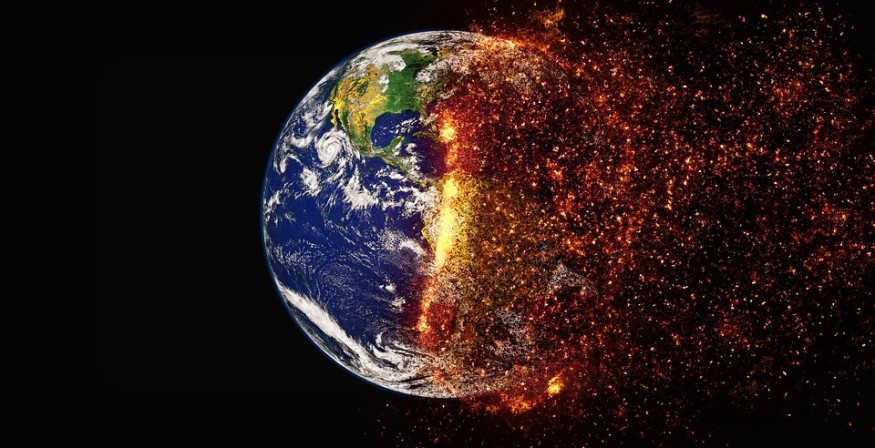
The possible dangers of climate change facing the cities in the United States are similar to a typical disaster movie. A recent report shows that urban cities face various threats - from floods, tornadoes, droughts, and insect invasions - as the planet continues to warm.
According to environmental profit group Carbon Disclosure Project (CDP), most metro cities in the United States are "lagging" although a handful of municipalities are taking steps to brace for the impacts of climate change.
What are the consequences, recommendations?
Cities in the United States are now facing the consequences. A recent tornado that churned homes and businesses in Dallas caused US$2 billion in damage. California's Kincade raging wildfire likewise burned 16,000 acres and forced hundreds of residents to evacuate.
Various states, such as Missouri, formed a Climate Action and Adaptation Plan to mitigate the impacts of climate change. These states intend to reduce greenhouse gas emissions and create more storm shelters and other measures.
CDP reported that city officials worldwide listed the potential weather dangers their region may face soon. The agency added creating a list of such risks is the first step to protect the residents. The next step is conducting a vulnerability assessment.
Kyra Appleby, CDP's global director for cities, states and regions, said all city leaders must tackle comprehensive vulnerability assessments. She explained that cities would be able to plan for the new norm made by the changing climate by taking the assessments.
Meanwhile, Katie Walsh of CDP North America explained the cities that could classify the risks that they have are in "a better position" to be able to respond, react, and adapt as they are capable of putting planning efforts.
However, Walsh noted that not enough metro areas are reporting their potential hazards or conducting assessments, said Katie Walsh of CDP North America. The list of lagging cities includes Anchorage, Alaska; Sacramento and San Jose California; Kansas City, Missouri; Louisville, Kentucky; and Fort Worth, Texas.
New York and San Francisco are among the cities that make progress in mitigating climate change risks, the CDP noted. The agency added some smaller cities are also moving forward.
Walsh said San Leandro in California and other large suburban towns located in San Francisco Bay are discussing the demands on what city services and health agencies would transpire because of the high heat. She likewise acknowledged that the high temperature would place both senior citizens community centres and various schools at risk.
San Leandro's city officials noted that their town's top climate threats include flooding, long stretches of scorching weather, rising sea levels, high tides, and flooding. To address these issues in their community, the city was awarded a $10,000 grant from the National League of Cities to create a Climate Resilience and Adaptation Plan and restore 4.3 acres of wetlands near a local water treatment plant.
Officials in New York City are likewise searching for potential impacts of significant flooding. Walsh said the Big Apple produced a resilient community study, including the coastal neighbourhoods and how they worsen with a storm impact of flood elevation. The idea was to improve local policies to deal with zoning and weather hazards.
Takeaway
Walsh and Appleby expect the CDP report to motivate the cities that were not listing the potential dangers to do so now as the city's very living could be at risk.
Appleby acknowledged that the impacts of climate change are already being felt across the world's biggest cities. She underscored that climate change, left unchecked, would destroy many socio-economic and social gains seen by towns in recent decades.
© 2025 NatureWorldNews.com All rights reserved. Do not reproduce without permission.





